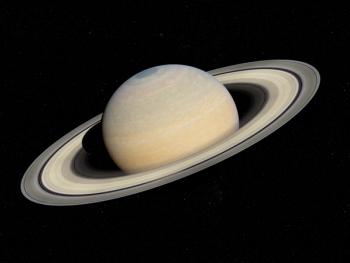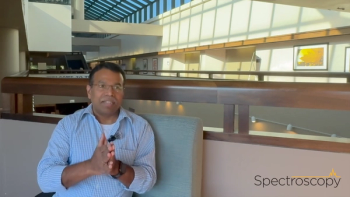Key Points
- Hawaii’s geology and climate diversity make it a valuable site for subsurface mineralogical studies.
- LWIR, SWIR, SEM-EDS, and XRF techniques revealed mineral phases and alteration effects in the PTA-2 drill core.
- Researcher Pooja Sheevam used spectroscopy to explore Hawaii’s mineralogy and fluid-rock interactions during her PhD work.
The state of Hawaii, because of its volcanic activity and diverse topography, has interested geologists for decades. For example, the Big Island of Hawaii, which is the largest of the Hawaiian islands, is known for its active volcanoes (1). The Big Island is also known for having four of the world’s climate zones (1).
A recent study presented a comprehensive analysis of the Hawaii PTA-2 subsurface drill core, focusing on mafic mineralogy using long-wave infrared (LWIR) spectroscopy, scanning electron microscopy with energy-dispersive spectroscopy (SEM-EDS), and bulk X-ray fluorescence (XRF) geochemistry (2,3). High-resolution LWIR and short-wave infrared (SWIR) imaging of thin and cut sections also revealed key mineral phases in shield basalts, including Ca-feldspars, pyroxenes, and olivine, and highlighted the effects of alteration on spectral signatures (2,3). And SEM-EDS and XRF data provided additional insights into mineral textures and fluid-rock interactions, confirming that elemental components are retained during alteration (2,3).
The lead author of this study, Pooja Sheevam, is a Research Associate at the New Mexico Bureau of Geology and Mineral Resources in Albuquerque, New Mexico, a position she started in May 2025. Before taking on this role, she was a PhD Candidate at the University of Nevada, Reno, where she primarily specialized in using infrared (IR) spectroscopy and its applications in understanding past aqueous environments for energy and mineral exploration. Her PhD thesis focused on studying the mineralogy of the Hawaiian drill core, and that is the focus of this interview series.
In Part I of our video interview with Sheevam, she discusses why she and her team used both LWIR and SWIR spectroscopy in analyzing the PTA-2 drill core, and how the two techniques complemented each other in the study.






